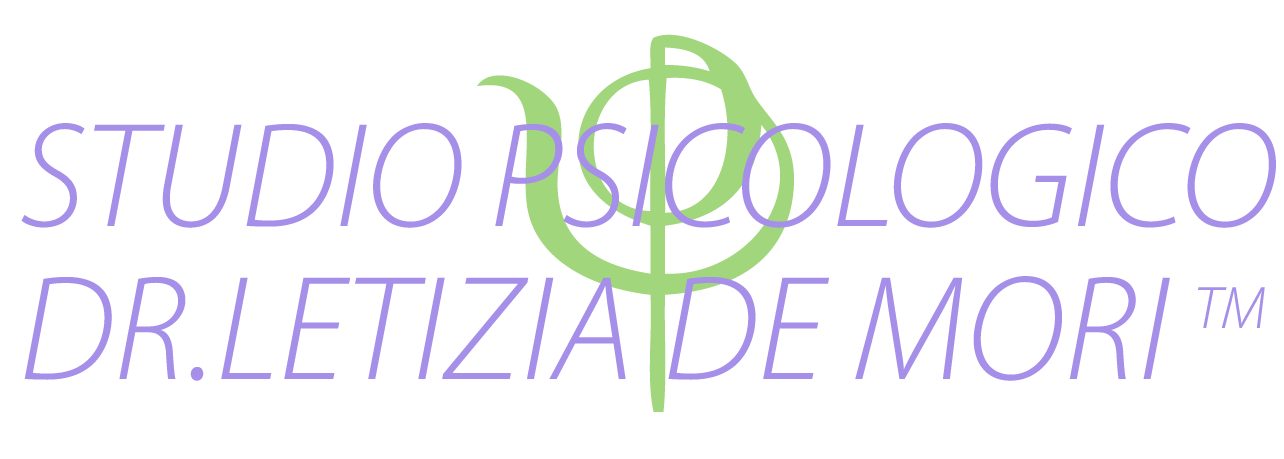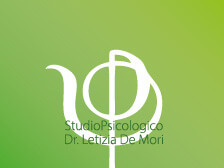Disorders of the Autism Spectrum

DISORDERS OF THE AUTISTIC SPECTRUM
Autism is a "spectrum" condition, this means that while all people with autism share certain difficulties, the manner and intensity varies enormously from person to person.
Disorders concern the development of social skills, cognitive, emotional, of communication, both gestural and verbal, of interpersonal understanding and collaborative actions.
It is a syndrome or a set of observable symptoms or signs.
MAIN CLINICAL MANIFESTATIONS
• Communication deficit (verbal and non-verbal communication)
• Social deficit (initiating an interaction and responding to an interaction)
• "Imagination" deficit (narrow repertoire of activities and interests and / or repetitive and stereotypes, rigidity and resistance to change)
• Other manifestations: anxiety, sensory anomalies, deficits in executive functions and attention anomalies
TYPE OF STUDENTS WITH AUTISM:
• People on the spectrum in need of mild support (Asperger's Syndrome)
• People on the spectrum in need of intensive or very intensive support
SENSORY PARTICULARITIES
• Hypersensitivity to some sounds or noises
• Hypersensitivity to visual stimuli
• Reduced or excessive tactile sensitivity (discomfort to touch)
• Particular perception of pain
• Sensitivity to olfactory and gustatory stimuli
Autistic children tend to learn more effectively in structured environments, both in terms of space and time. The structuring allows you to achieve a sense of predictability with respect to what will happen (it gives order and coherence to the experience).
FEATURES
• Children with autism generally attract attention with dysfunctional activities
• They hardly show why they need help
• Although they clearly have preferences, they show great difficulty in reporting them in an acceptable way
• Not acceptably express denial, remaining passive or reacting in problematic ways when they want to reject something
• Difficulty staying close to others
• They tend not to share something that is in their possession
• Stay involved in social games with rules with peers. • They tend not to respect the shift or show no sense of "rhythm" in the shift
• Poor tolerance to expectations
• Difficulty in inhibiting "bullying" responses
• May not know how to name the emotions they observe
• They hardly learn positive social routines spontaneously
• Mimicry and gestures are often poor, not very direct to the interlocutor
• Often they are unable to solve social problems or to respond flexibly to new situations
• Often do not react positively to unexpected events
• Short attention spans
• Difficulty shifting attention from one stimulus to another
• Preference for details
• Deficiency in the social use of attention
STRENGTHS IN AUTISM
• Excellent skills of discrimination and visual analysis, they can do better in activities mediated by visual information or based on visual memory, compared to activities mediated by verbal information
• Ability to analyze and understand the rules that govern closed systems: mastering rules of operation of mechanical systems; understand and use classification systems; achieve higher scores in tests that measure the ability to systematize
• Possible extraordinary talents in areas such as drawing, computing and music
DIAGNOSIS
Diagnosis is carried out at the Dr. Letizia De Mori Psychological Office through the administration of specific assessments (including the ADOS test), and rehabilitation and targeted intervention plans are also planned.
TREATMENTS FOR THE AUTISTIC SPECTRUM
BEHAVIORAL TREATMENTS:
• ABA (Applied Behavior Analysis): focuses on the analysis of behaviors, in order to understand the causes (antecedents) and prevent problematic reactions, providing the child with more functional alternatives, helping to define positive reinforcements as well. Apply the principles of operant conditioning.
• DTT (Discrete Trial Training): fragmented complex skills are taught and each sub-skill is taught in repeated sessions, through a procedure divided into three components:
education or question , which constitutes the antecedent stimulus
the child's response
the consequence of the child's response (reinforcing stimulus)
EVOLUTIONARY TREATMENTS:
• TEACCH (Treatment and Education of Autistic and Related Communication Handicapped Children): aims to improve the quality of life of the child, both by actively modifying the environment according to his needs, and by developing his autonomy to the maximum. • TED (La Therapie d'Echange et Developpement): aims to develop the psychophysiological functions of the child, through the principles of tranquility, availability and reciprocity.
PSYCHOTHERAPIES
SENSORY THERAPIES
• AIT (Auditory Integration Therapy): helps children with problems in the processing of auditory stimuli, gradually accustoming them to the frequencies of sounds that cause them hypersensitivity. .
PHARMACOLOGICAL THERAPIES
PET THERAPY
Discover more from Psicologo Verona
Subscribe to get the latest posts sent to your email.





